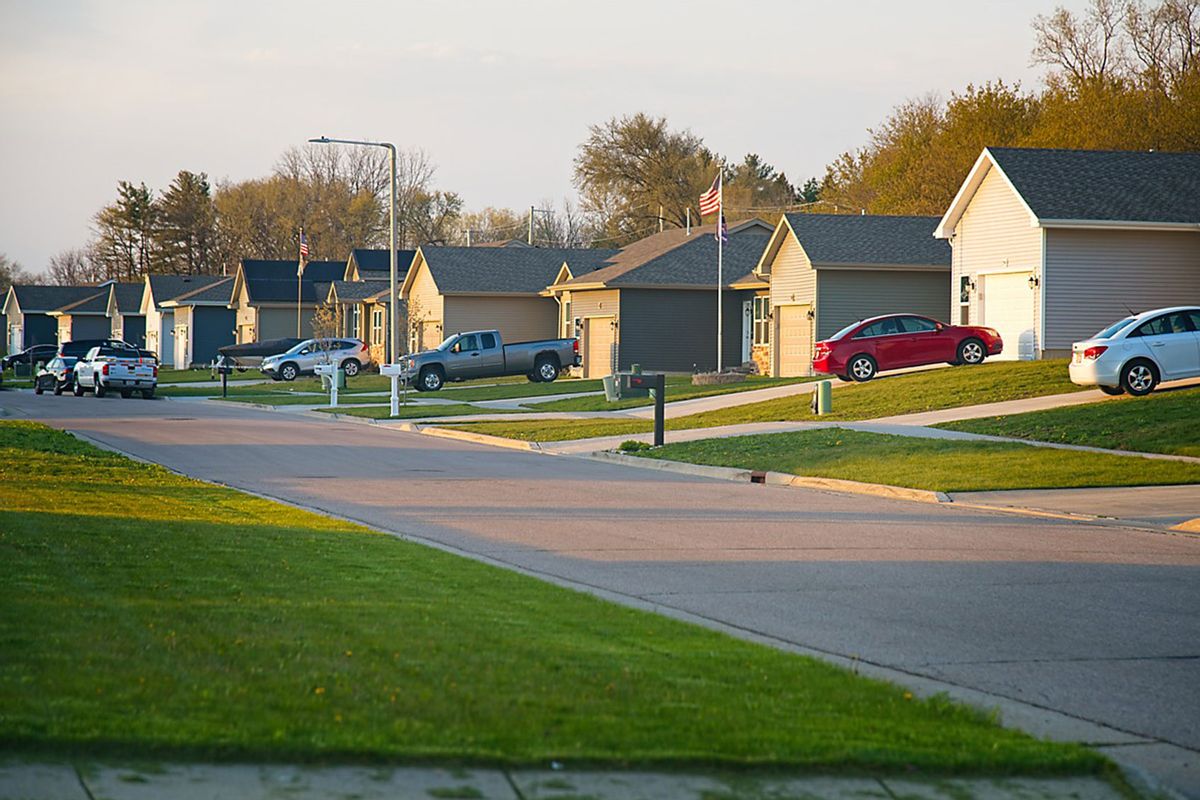Recent data suggests a mismatch between a record-high supply of housing and where young workers are choosing to live.
The total number of homes available for sale jumped over 12% in November to the highest level since 2020, according to data compiled by Redfin. And more houses could be entering the market, with nearly 21 million households defined as empty nesters expected to downsize.
But that doesn’t mean America’s housing crisis is over: A lot of homes remain overpriced and out of reach for many, experts say.
“There’s a lot of inventory, but it doesn’t feel like enough,” Meme Loggins, a Redfin Premier real estate agent in Portland, Oregon, told Redfin.
Loggins said the available houses are not the type of homes that are attracting buyers. “Homes that are priced well and in good condition are flying off the market in three to five days, but homes that are overpriced can sit for over three months.”
The so-called “silver tsunami" — an expected increase in housing inventory from older Americans who “will downsize or otherwise move on” — is also not likely to alleviate the nationwide housing shortage, Zillow researchers warn in their latest report.
"These empty-nest households are concentrated in more affordable markets, where housing is already more accessible — not in the expensive coastal job centers where young workers are moving and where more homes are most desperately needed," said Orphe Divounguy, Zillow senior economist.
Some top “empty-nest households” have been identified by Zillow as having a potential uptick in home supply. Pittsburgh had the biggest share of empty-nest homeowners, at 22%, followed by Buffalo and Cleveland at 20%, Detroit and St. Louis at 19% and New Orleans at 18%. According to Zillow’s research, all but New Orleans are among the top 10 markets with affordable homes available, and these markets also feature relatively low percentages of heads of households under 44 years old.
The younger demographic has been having a particularly difficult time entering the housing market.
The homeownership rate for adults under 35 decreased to 37% — the age group with the biggest drop — in the third quarter of last year, according to data compiled by National Association of Homebuilders. Limited housing supply, high home prices, persistent interest rates and rising costs of homeownership are among the key barriers.
Increasing mortgage rejection rates, flagged by Federal Reserve Bank of New York, and housing affordability challenges are likely to persist for an increasing number of borrowers.
“There are no clear signs of relief on the horizon,” Neale Mahoney, a professor of economics at Stanford University, told Salon.com, referring to an increase in mortgage rejection rates. “The Trump administration's proposal to raise tariffs and expectations for deficit-increasing tax cuts have reignited concerns about inflation, pushing mortgage interest rates up to nearly 7% despite the Federal Reserve cutting rates three times this fall.”
Read more
about the housing market



Shares